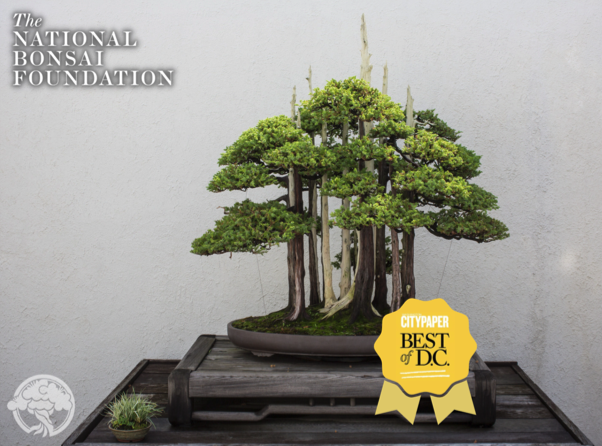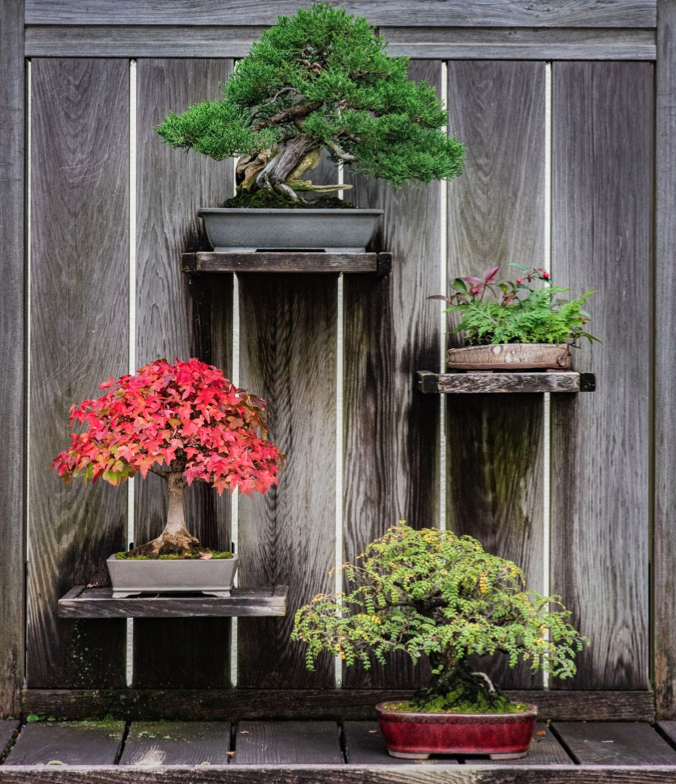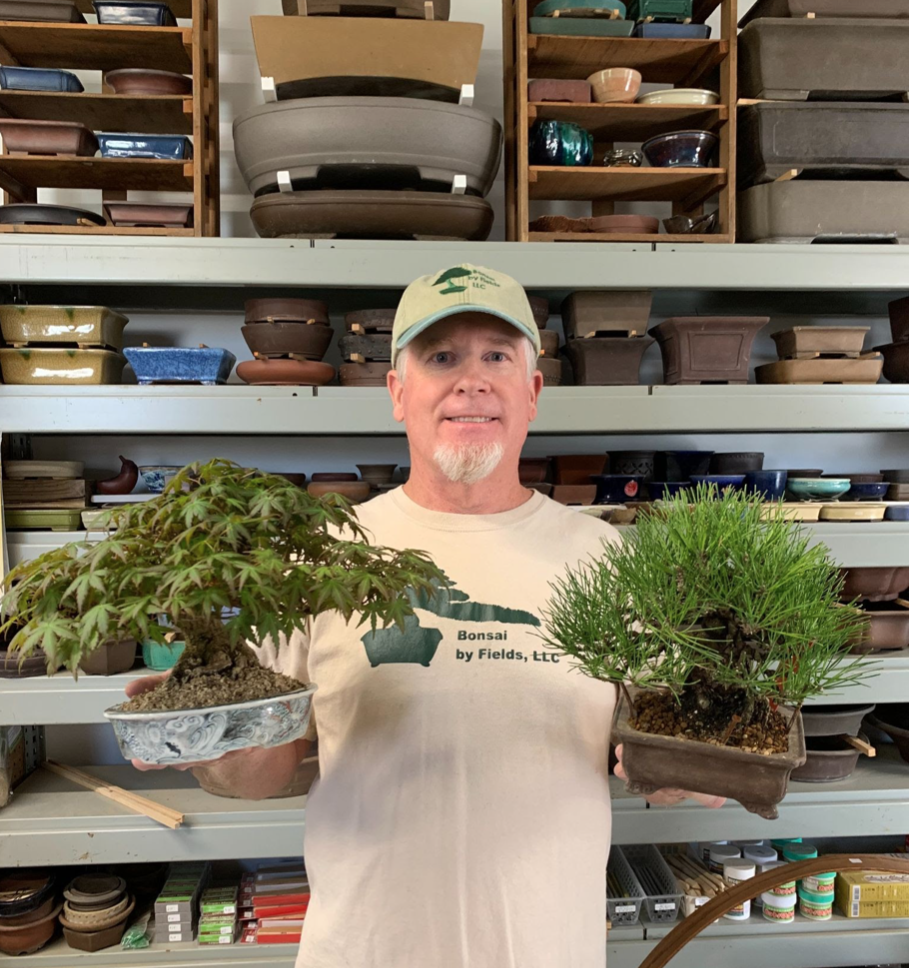Affectionately known as “Bonsai Bob” in the bonsai community, Robert F. Drechsler of Cheltenham, Maryland passed away on Oct. 20, 2021, at age 88. Bob Drechsler was the first curator of the National Bonsai & Penjing Museum at the U.S. National Arboretum, the first museum of its kind dedicated to the public display of the art of bonsai.
“The Museum is such a vital component of our desire to connect people to the value of plants in their everyday lives,” U.S. National Arboretum Director Dr. Richard T. Olsen said. “Clearly, Bob was touched by the wonders of bonsai and saw to it that this joy was shared through a career spent in service to these trees and the National Arboretum.”
When the U.S. government received 53 bonsai from Japan in 1975 for the Bicentennial Celebration in 1976, Bob was tasked with the care of these living gifts. Bob enthusiastically began studying and learning what it would take to nurture and train these potted plants. Scant information was available at that time. He had no internet or YouTube to teach him. In 1977, Bob traveled to Japan to learn how the Japanese had been caring for the bonsai. He learned first-hand from Japanese bonsai masters and nurserymen.
“Bob laid the groundwork for the Museum,” Head of Horticulture and Education Scott Aker said. “He always insisted on keeping the artist’s intent for each tree in mind when styling decisions were made. He never tried to impose his own aesthetic and served faithfully as caretaker for the trees in their critical transition to our growing conditions.”
Bob held the position of curator until retirement in 1998. He oversaw the construction of the Japanese Pavilion in addition to the North American and Chinese Pavilions. Bob also established the tradition of using local bonsai enthusiasts, whom he managed and trained, to help maintain the bonsai collections.
Bob held many interests, including freemasonry, which led him to be the Grand Master of the D.C. Freemasons. But in retirement, he also regularly spent time at the Museum continuing to care for the trees.
"Throughout his career and retirement, Bob was also a faithful supporter of the National Bonsai Foundation and its efforts to provide financial and programmatic support to the Museum, which he helped shape in its infancy,” NBF Board Chair Jim Hughes said.
Former Curator and NBF Co-President Jack Sustic said Bob’s generosity and dedication helped mold the Museum into what it is today.
“Bob was very humble and quick to falsely claim that he knew nothing about bonsai, even after 20 plus years of successful stewardship,” Sustic said. “Bob eagerly shared his wealth of knowledge, insight and experience with the Museum's history and care of the trees.”
In 2012, the First Curator’s Apprenticeship was established in Bob’s honor to train the next generation of bonsai artists. The scholarship has since been awarded to nine up-and-coming horticulturists. Former NBF President Felix Laughlin said he is glad to have the apprenticeship to pay homage to Bob and his legacy.
“When I think of the National Bonsai & Penjing Museum, in my mind’s eye I see Bob Drechsler,” Laughlin said. “Bob personified all that the Museum represents: a national center inspiring multitudes of annual visitors with the beauty of bonsai, celebrating the legacy of all those who have made the Museum possible and assuring the health of the living collections for future generations.”
Bob (second from left) with three other Museum curators

























